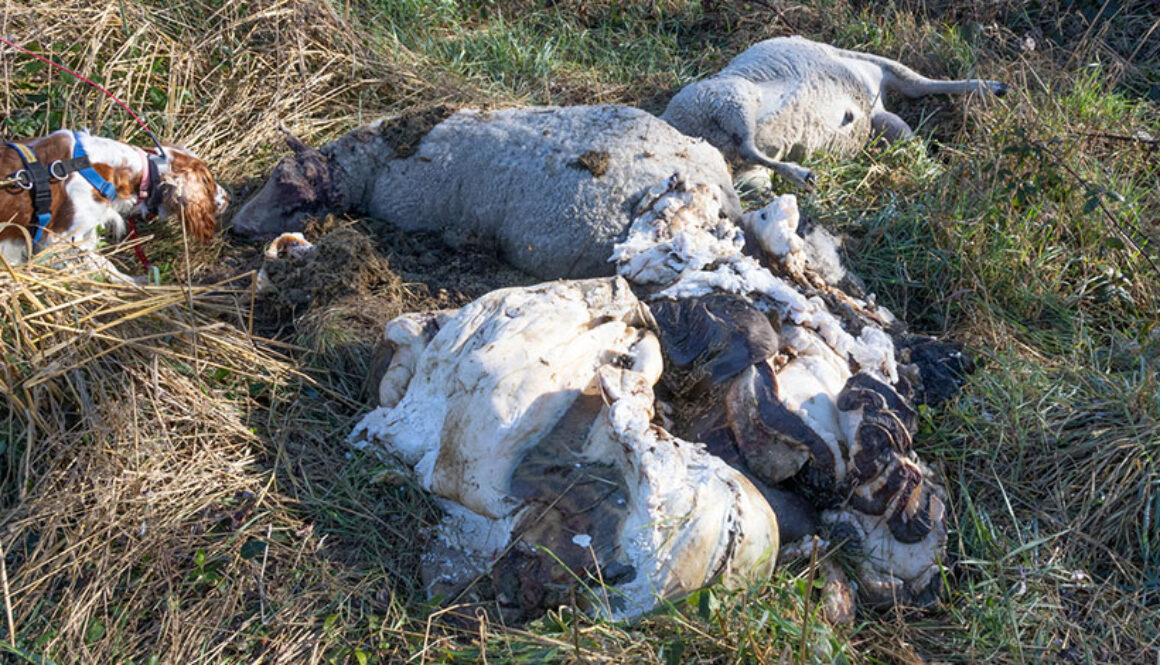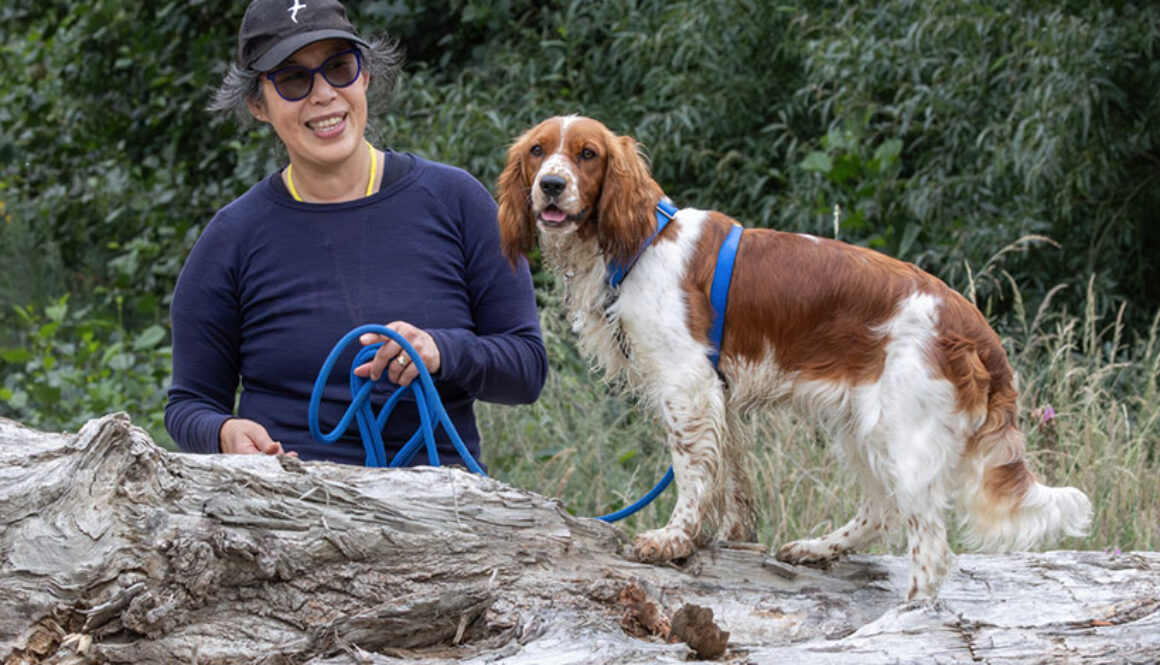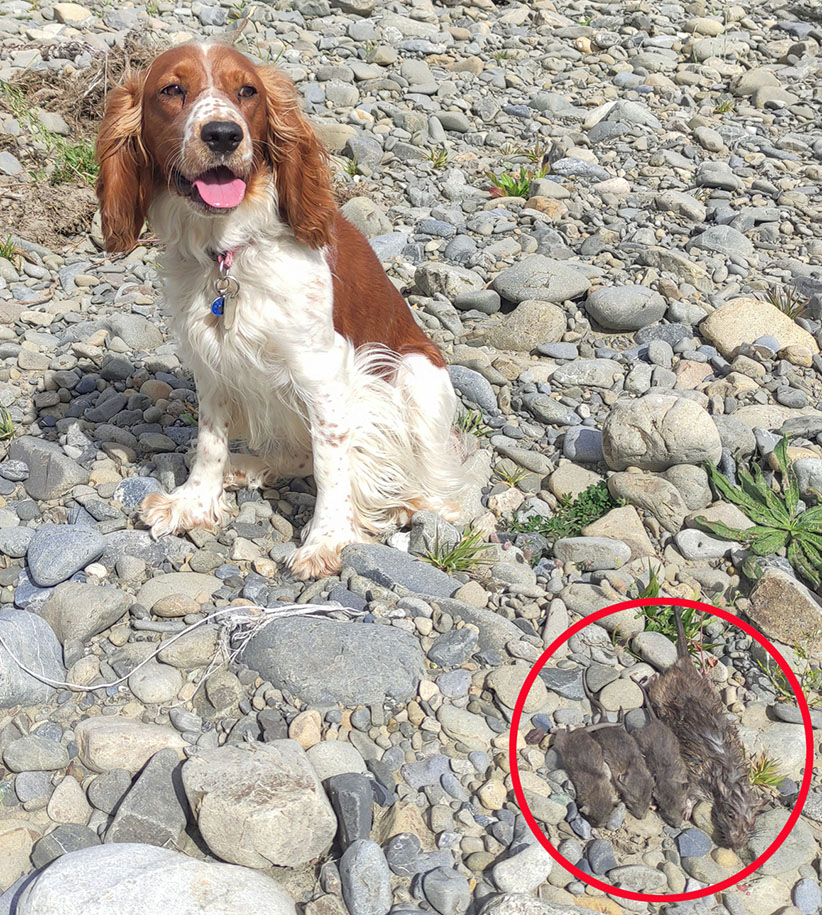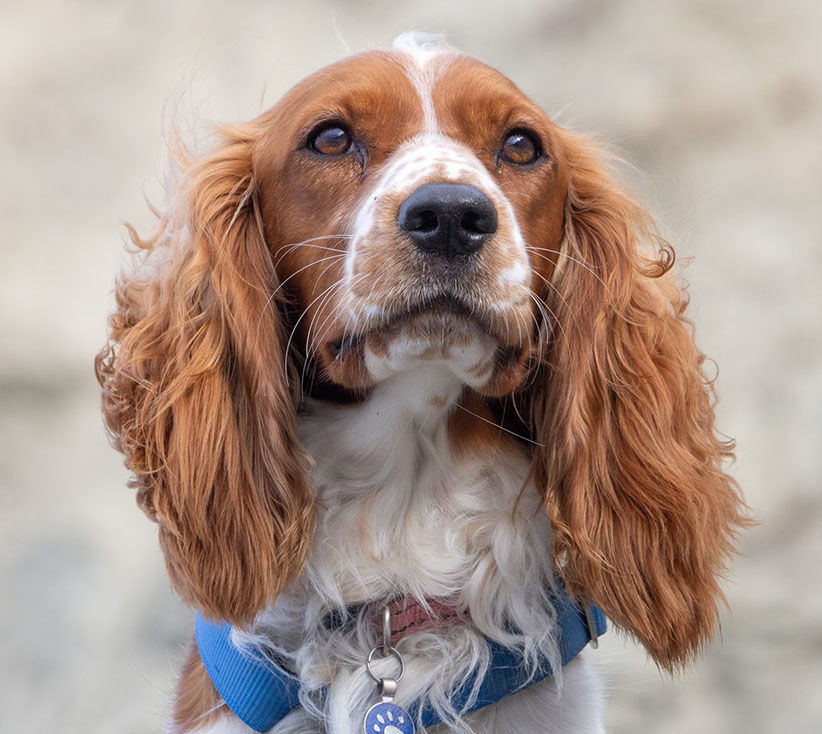Dead Animals
Report from Grant Davey
About three weeks ago we found a place on the north bank of the river about a kilometre downstream from Ashley Village where several dead sheep (top image) and the remains of a butchered cattle beast had recently been dropped. Immediately beside this, in a ditch, were the jumbled-up remains of dead pigs and deer – they had been there for some months by the looks of them. Less than a hundred metres downstream were the recently deposited remains of a pig.
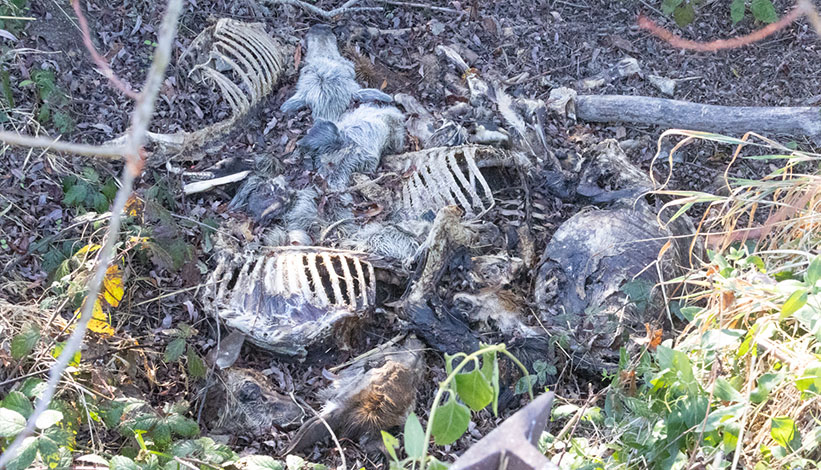
This area has been a favourite dropping area for dead animals for years. Recently I’ve found several other dead animals in the general area. Another popular dumping place is the north bank of the river just upstream from the Cones Road bridge. A local shooting competition causes lots of dead animals to be dropped although I don’t know if this competition still happens. Other ARRG trappers report the remains of pigs and deer being dropped on both sides of the river 6 or 7km upstream from Rangiora. The entire berm of course remains a dumping ground for all sorts of things. Yesterday I found a mattress and several areas where people had dropped some sort of bricks, and of course garden clippings etc.
The main issue with ARRG about this disgusting practice is that these dead animals are an important food source for the predators which attack the breeding birds out on the river. The 3 worst predators (Norway rats, cats and harriers) are sustained outside the nesting season by this practice. Trail cameras showed a feral cat with her 3 kittens eating the dead animals which had been recently deposited.
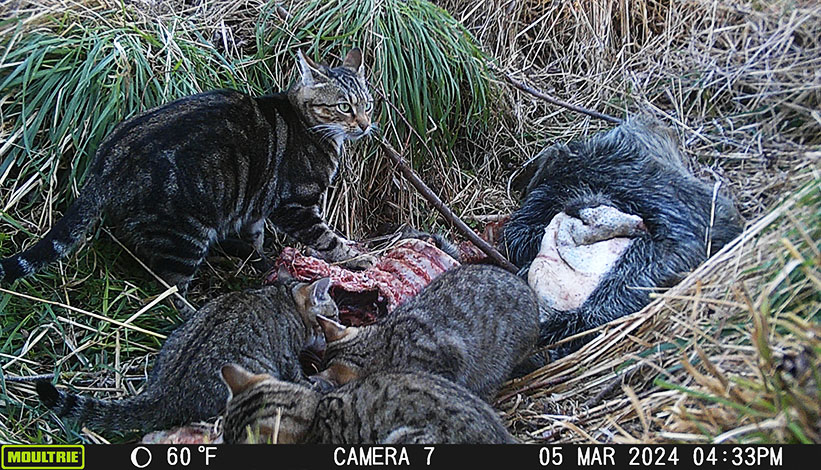
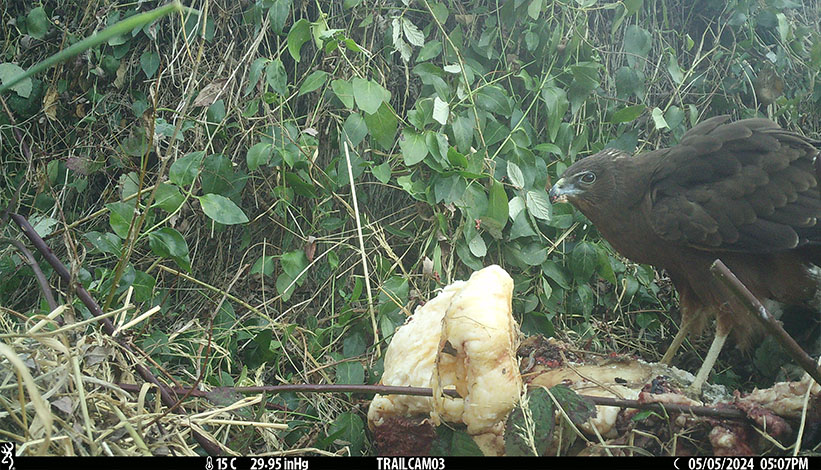
ECan clean up the worst of the dead animal caches, and did so quickly and effectively with the very bad example found recently. It is something they really don’t like and they have better things to do than clean these messes up.

